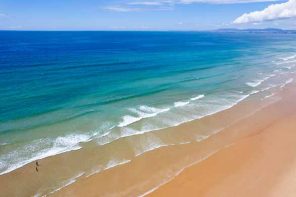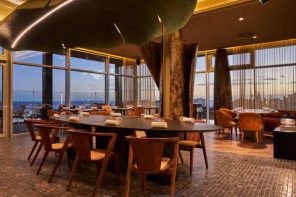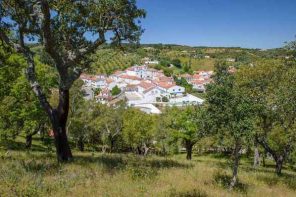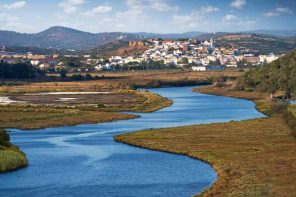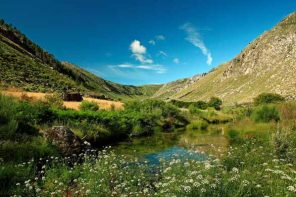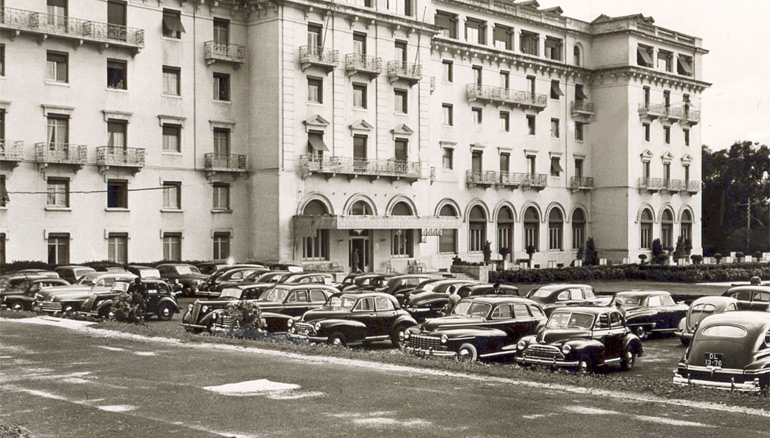
The Estoril that we know today is the result of an extremely valuable historical path. The large and luxurious mansions, its privileged location by the beach, the short thirty minute trip to Lisbon, all factors that arise the curiosity of finding out a little bit more about Estoril’s history and that of the characters that helped develop it.
Estoril was a fishing village with a small farm – “Viana’s Farm” belonging to a Mr. José Viana – where there was a thermal water source already known back to the twelve century, at the time of the crusades by Portugal’s first king, Afonso Henriques. It seems that by the eighteen century, distinguished society members – like King José I and his Prime Minister, Marquês de Pombal – were still coming here searching for treatment to their ailments.
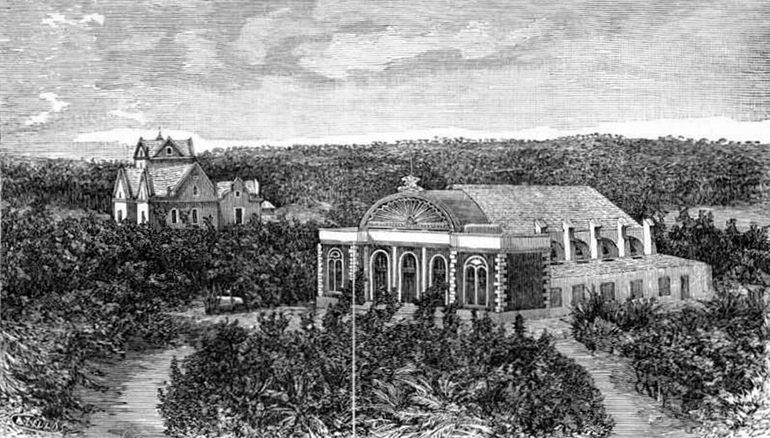
On May 1910, arrives in Estoril the man that would turn this sleeping village into an international touristic destination, Fausto de Figueiredo, a travelled pharmacist with a new vision towards tourism and business, once a board member of the Portuguese Railways company and that in 1913 buys Viana’s Farm and establishes the Figueiredo & Sousa Company, becoming the new operators of the Estoril Thermal Spa.
Along with the French architect Henri Martinet, Fausto introduces the project for “Estoril’s Maritime, Thermal Climactic and Sportive Resort”. With his partner Augusto Sousa, he creates the Estoril Plage Company and initiates the construction of four hotels (the Parque, Palace, Paris and Palácio), the renovation of the thermal spa structures, new golf courses and the largest casino in Europe.
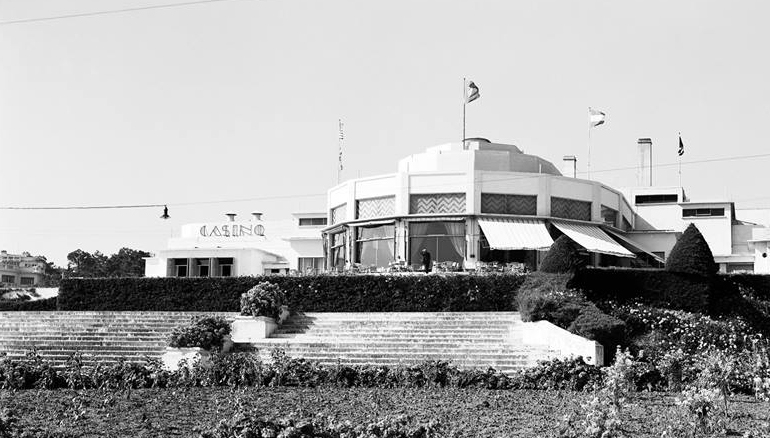
With the onset of the First World War, the project was forced into a pause. However, during this period Estoril became a place of international refuge for many European aristocrats and other noblesse, leading Fausto to not give up on his project. In 1918 he managed to obtain the electrification of the railway line through a contract between his company Estoril Plage, and the Portuguese Railway Company. All these developments increased local construction, particularly in previously forested areas. The Casino was inaugurated in 1931, fifteen years after the setting of the first stone.
In 1958, the founder of the Estoril-Sol Company, José Teodoro do Santos, wins the gambling concession contract for the Casino and proceeds with the construction of Hotel Estoril-Sol in 1965; Stanley Ho would later hold the same concession for over 20 years. Fausto de Figueiredo’s heirs sell the Estoril-Sol Company to an investment group that becomes the new owner of the Hotel Palácio and the Thermal Spa.
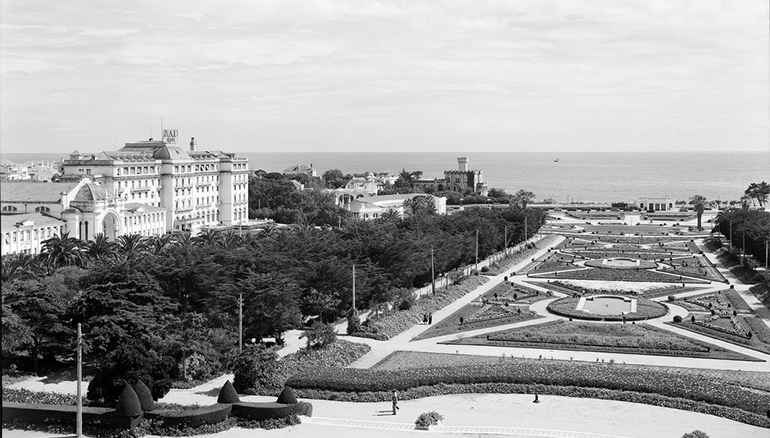
In 2004, the group starts working on a new project, the Estoril Plage Touristic Complex, on plans drawn by Architect Manuel Gil Graça. The objective was to restore the thermal Spa, building a separate entry for the public and a connecting tunnel to Hotel Palácio. The wellness center, concluded in 2010, now offers a variety of services developed in conjunction with the Asian-originated Banyan Tree group, as well as therapeutic services, now administered at a spa clinic and at a health club; this project and its facilities have since then gained international reputation.
Article in partnership with INS



